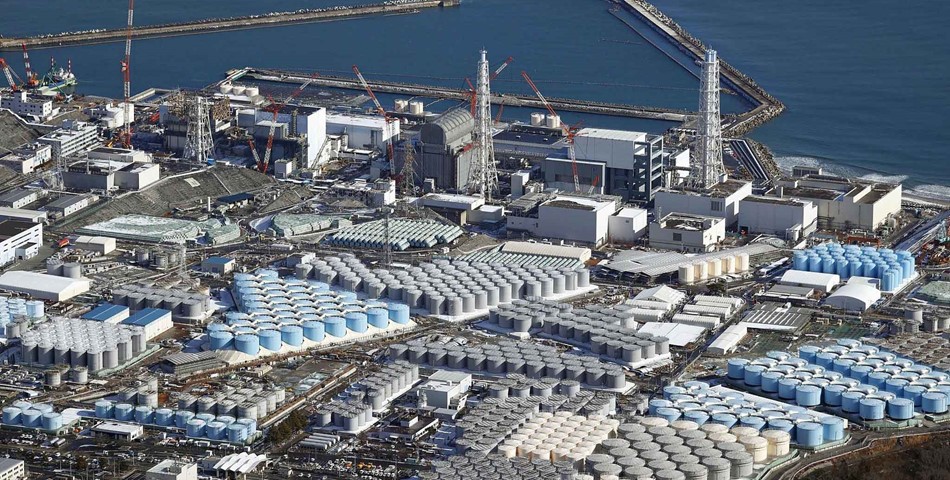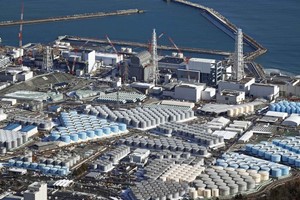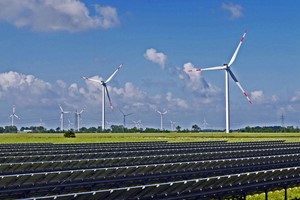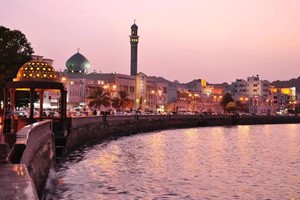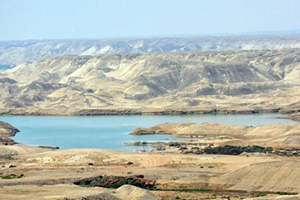The Japanese government’s approval of a plan to discharge treated radioactive water kept at the Fukushima Daiichi nuclear plant into the Pacific Ocean has unilaterally inverted a decade of nuclear safety reform in Japan. While providing information to foreign embassies in Tokyo and online social networks, the Japanese government has failed to allay domestic concerns and rising international pressure.
The Tokyo Electric Power Company (TEPCO) proposes to use an Advanced Liquid Processing System (ALPS) to remove all the radionuclides from the wastewater except tritium — which poses the lowest health risk. It will then dilute the tritium concentration until levels are safe enough for release into the Pacific Ocean. Japan’s Ministry of Economy, Trade and Industry and TEPCO, with the backing of the International Atomic Energy Agency (IAEA) and other specialists, claim that this ‘dilution and ejection option’ is technically possible and safe. Since the ALPS operations started in 2013, TEPCO has insisted that releasing treated water into the ocean is a normal part of nuclear plant operations around the world. But the water directly injected into the cooling process of the damaged reactors and fuel debris is different from the water normally used for cooling nuclear plants. Japan’s Nuclear Regulation Authority (NRA) has described this cooling process as free-flowing (kakenagashi) because of its direct contact with the damaged reactors. The used cooling water from the Fukushima plant is much more radioactive than that from a normal operation. A 2018 TEPCO report revealed that even after filtration the treated water still contained other radionuclides, such as strontium-90 and iodine-129, above regulatory-limit levels. In September 2020, TEPCO began to carry out secondary treatment tests on the water to reduce the amount of radioactive substance it contained. Japanese Prime Minister Yoshihide Suga stated, ‘the disposal of ALPS treated water is unavoidable and experts have recommended that the release into the sea is the most realistic method’. If good nuclear safety governance is concerned with bringing stakeholders together to meet social needs, then the prime minister’s remark falls short. Referring to ‘expert opinion’ as the main factor in the decision-making process can be seen as a political strategy to avoid blame. The Suga cabinet is unwilling to take political responsibility for releasing the wastewater into the Pacific Ocean. The potential threats to human health and the environment call for closer scrutiny of Japan’s leadership. In October 2020, the government was planning to decide on a release plan, but it had to shelve it when faced with resistance from the National Federation of Fisheries Cooperatives. TEPCO agreed in writing that the utility must obtain ‘the prior consent of the local fisheries. Yet without making any progress on the consultation, the Japanese government abruptly approved the plan a few months later. TEPCO and the government did not respect the prior agreement with the local fisheries. The Japanese public was outraged to hear that two out of the three ALPS systems had not received the Nuclear Regulation Authority’s final approval, but were in operation for some time. According to an NHK survey in December 2020, 52 % of respondents were against the wastewater release, compared with 18 % who supported it and 30 % who were unsure. The protection of oceans is a cross-border issue, so the unilateral decision to discharge the treated water has prompted strong criticism from Japan’s neighbors and much of the international community. It may also violate Japan’s obligations under international environmental agreements. The Japanese government must withdraw the decision and ensure that any release plan is acceptable to the international community.
Yasuo Takao,
Curtin University
www.eastasiaforum.org



